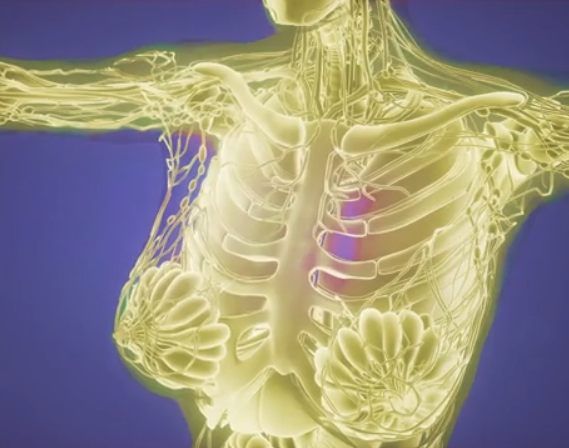Components that help in anti-cancer action against breast cancer are substances that can contribute to preventing or fighting breast cancer. Here are some examples
- Tamoxifen and Aromatase Inhibitors. Medications used to treat and prevent hormone-positive breast cancer.
- Phytonutrients. Substances like flavonoids and polyphenols, found in fruits and vegetables, may have anti-cancer properties.
- Vitamin D. Studies suggest that adequate levels of vitamin D can reduce the risk of breast cancer.
- Omega-3 Fatty Acids. Found in fatty fish and flaxseeds, they can reduce inflammation and the risk of breast cancer.
- Curcumin. The active ingredient in turmeric, known for its anti-inflammatory and anti-cancer properties.
- Green Tea. Rich in antioxidants, green tea may help prevent breast cancer.
- Selenium. A mineral that may help protect against breast cancer.
- Dietary Fiber. High fiber intake may be associated with a reduced risk of breast cancer.
- Soy Isoflavones. Found in soy products, they may have protective effects against breast cancer.
- Regular Physical Exercise. Physical activity can reduce the risk of breast cancer through various mechanisms, including hormone regulation.
The reports provided on Tiiips website are for informational purposes only and should not replace medical advice. Always consult a healthcare professional before making health-related decisions.
Components that can contribute to or exacerbate breast cancer include various factors that can increase the risk of developing this disease. Here are some examples
- Alcohol. Excessive alcohol consumption has been linked to an increased risk of breast cancer.
- Obesity. Excess weight, especially after menopause, is associated with a higher risk of breast cancer.
- Diet High in Saturated Fats. A diet high in saturated fats can increase the risk of breast cancer.
- Physical Inactivity. A sedentary lifestyle can increase the risk of breast cancer.
- Exposure to Radiation. Exposure to ionizing radiation, particularly during childhood, can increase the risk of breast cancer.
- Cigarette Smoking. Smoking has been associated with an increased risk of breast cancer, especially in pre-menopausal women.
- Environmental Pollutants. Certain pollutants, like PCBs and BPA, can have estrogenic effects and increase the risk of breast cancer.
- Family History and Genetics. The presence of genetic mutations such as BRCA1 and BRCA2 and a family history of breast cancer can increase the risk.


